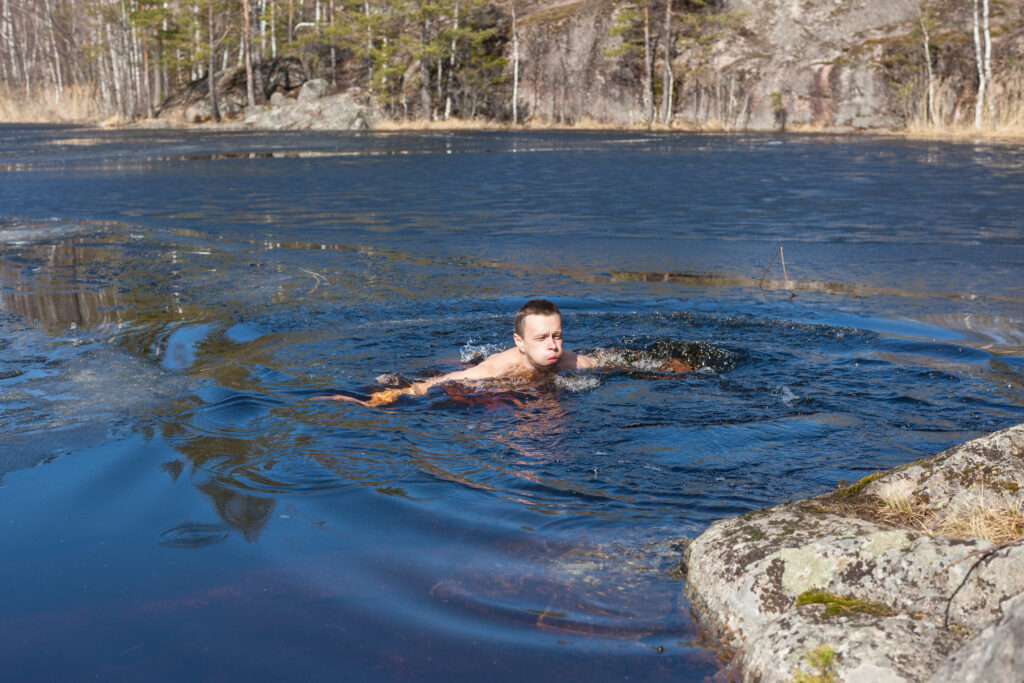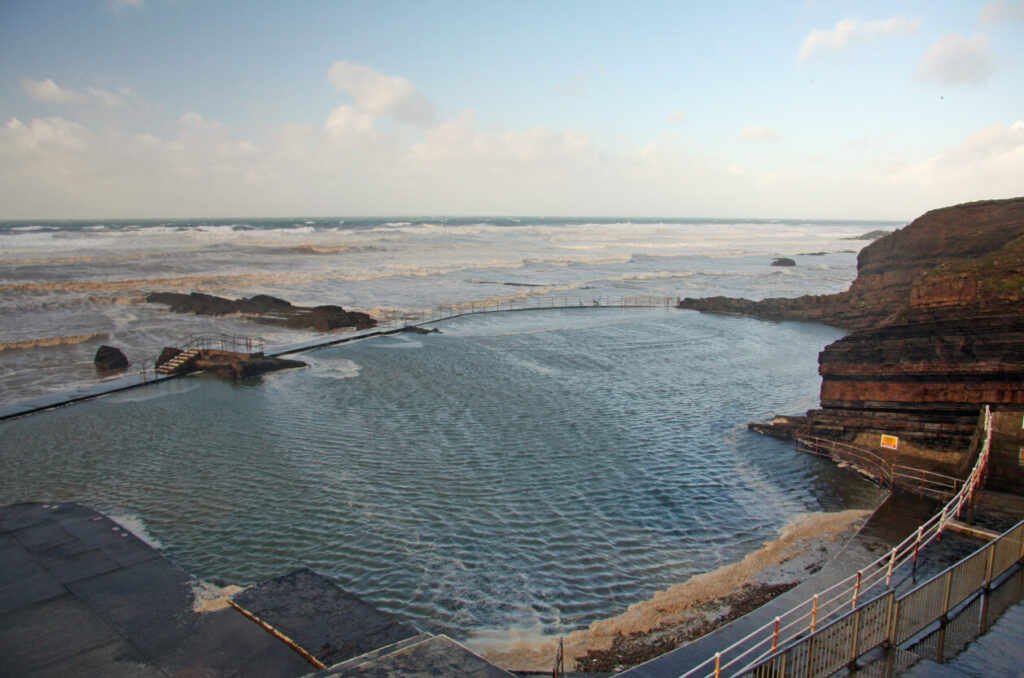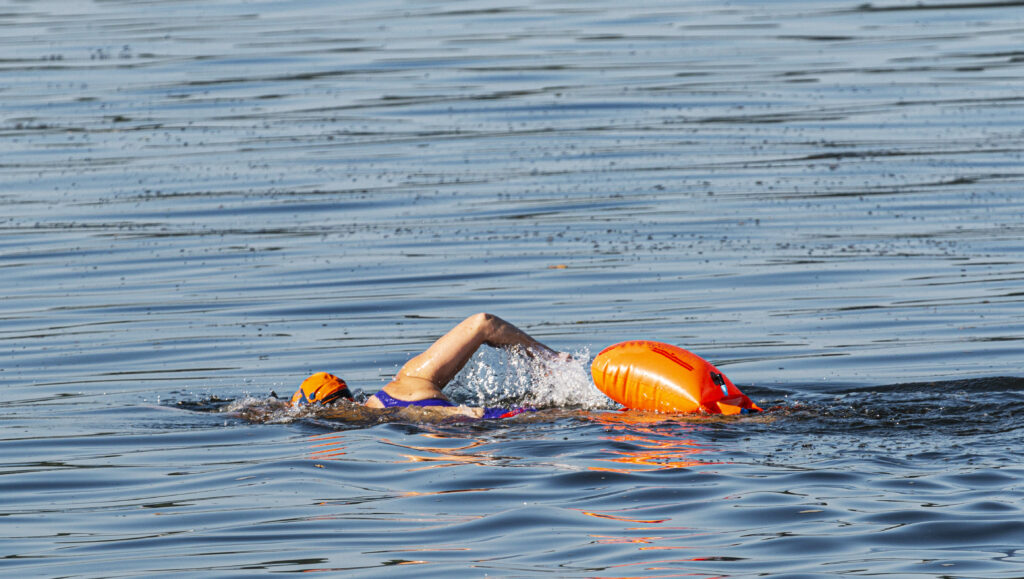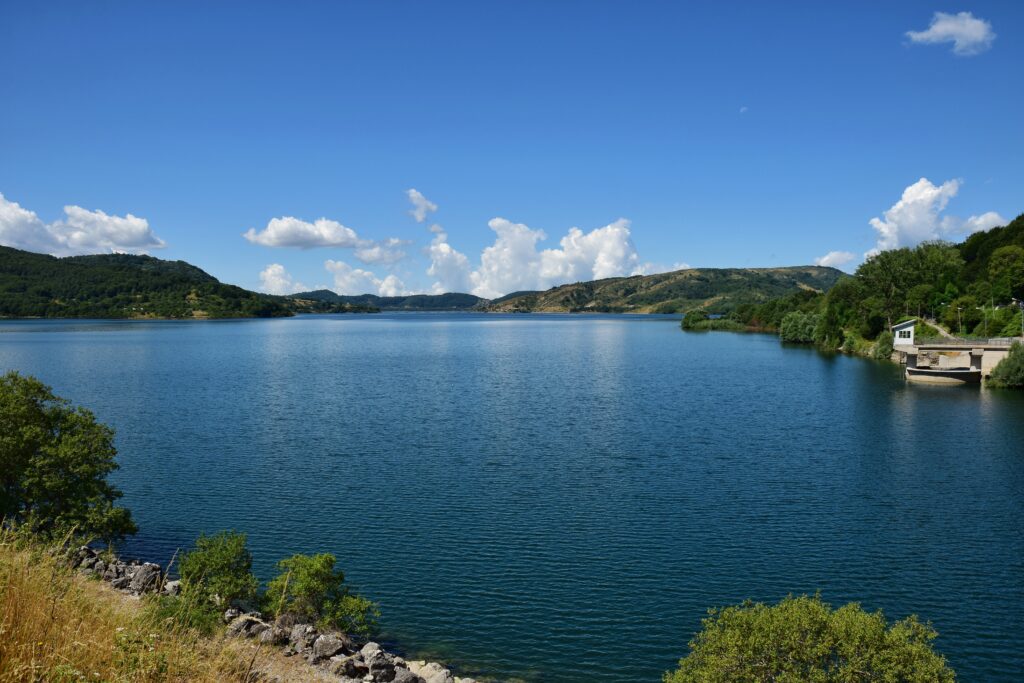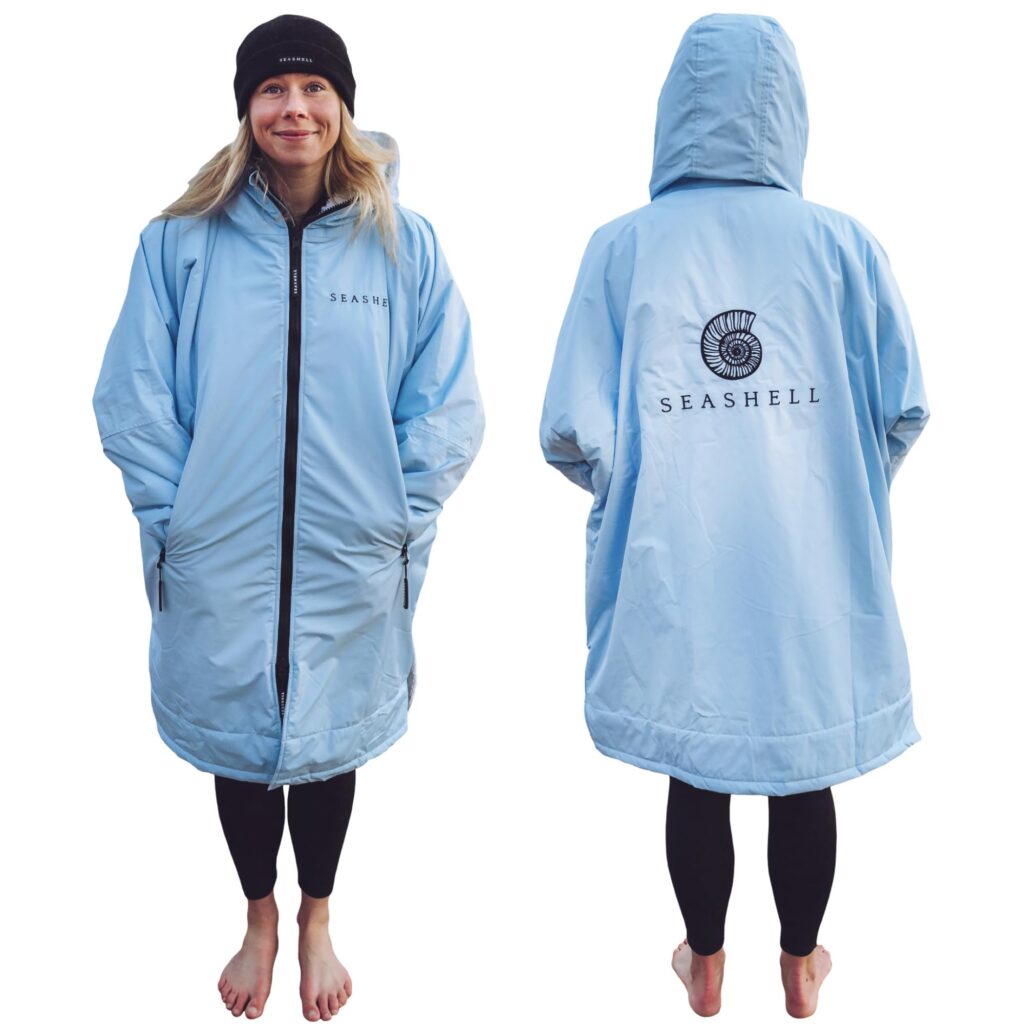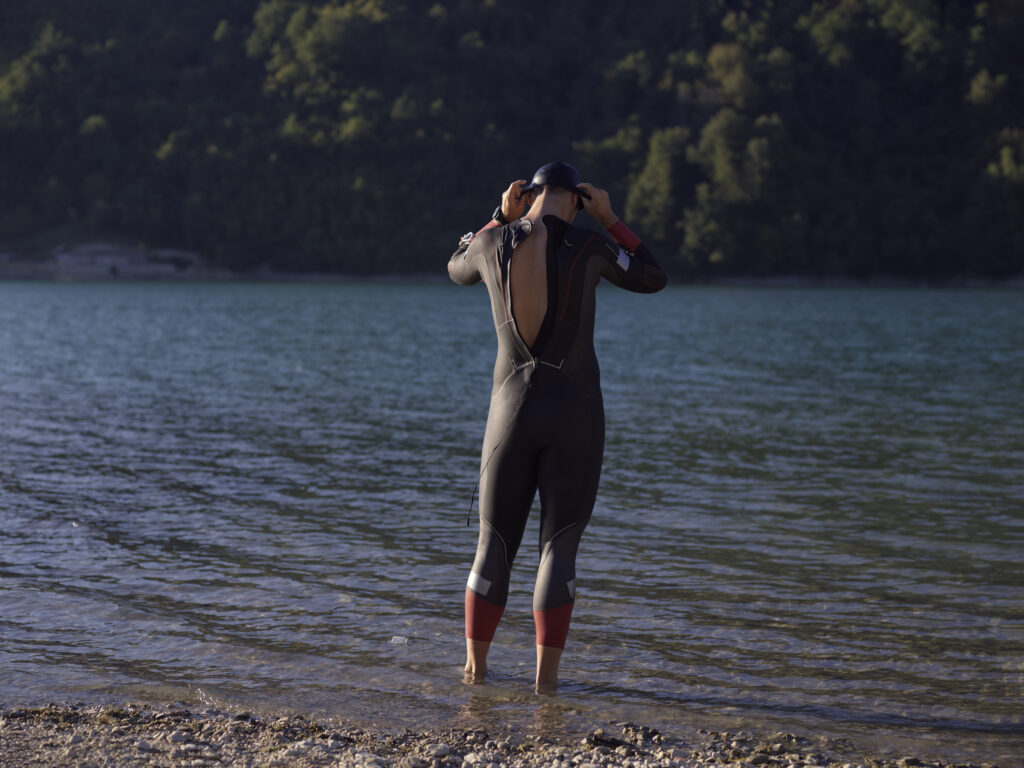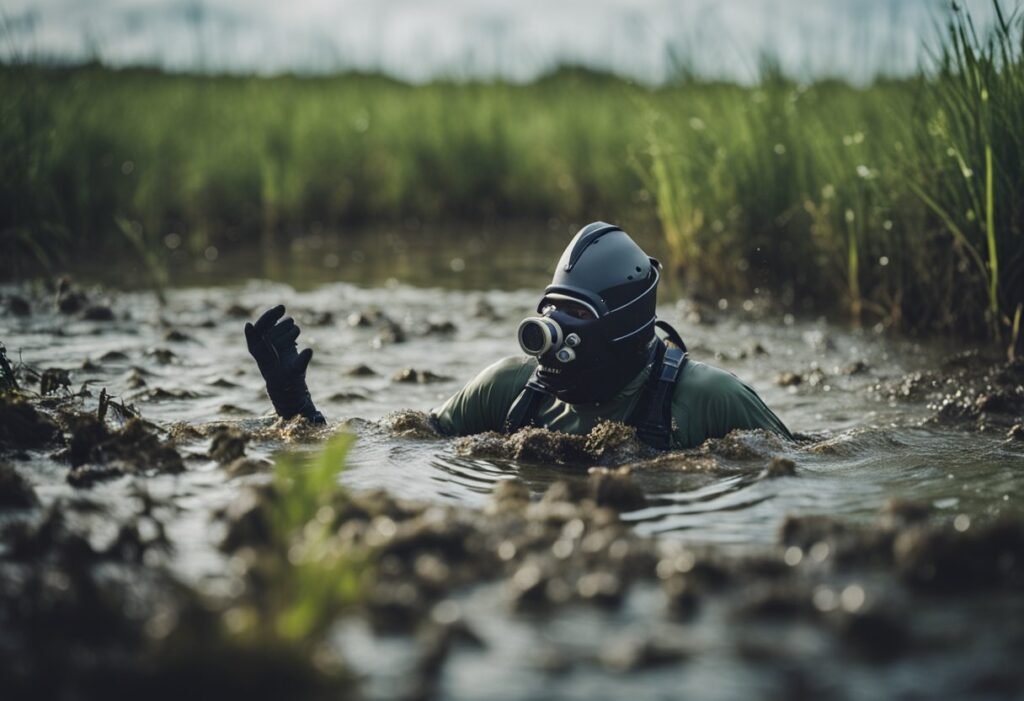Cold water swimming is a growing trend among those looking for a new challenge and a unique way to boost their physical and mental health. However, taking the plunge into cold water can be daunting, especially for those who have never tried it before. In this article, we will explore the best ways to start cold water swimming, from understanding the benefits and risks to choosing the right equipment and finding the perfect location.
Before diving in, it’s important to understand the physical and mental preparation needed for cold water swimming. The benefits of this activity are numerous, including improved circulation, increased metabolism, and a boost in mood and energy levels. However, it’s crucial to ensure that you are physically and mentally prepared for the challenge. This includes gradually acclimatising to the cold water, building up endurance and strength, and understanding the risks and precautions needed to stay safe.
Key Takeaways
- Gradually acclimatise to the cold water and build up endurance and strength.
- Choose the right equipment and location to ensure safety and comfort.
- Take necessary precautions to minimise health risks and ensure post-swim care.
Understanding Cold Water Swimming
Cold water swimming is becoming increasingly popular for its mental and physical health benefits. However, it is essential to understand the risks and how to stay safe before taking a dip in cold water. Here are some key points to consider:
- What is cold water swimming? Cold water swimming is open water swimming in water less than 16 degrees Celsius. Inland waters can get as low as 0 degrees, with coastal waters getting to low single digits here in the UK.
- What are the benefits? Swimming or even just dipping in cold water has many health benefits both physically and mentally. It has been associated with targeting inflammation and reducing the symptoms of a wide range of conditions, including migraine, arthritis, Type 2 diabetes, and many types of depression.
- What are the risks? Cold water can be dangerous, and it is essential to understand the risks before taking the plunge. The cold shock response can be a particular risk, which can cause sudden gasping and difficulty breathing, leading to drowning in some cases.
- How can you stay safe? There are several ways to stay safe when cold water swimming, including:
- Acclimatize gradually by starting with shorter swims in warmer water and building up to colder water.
- Wear a wetsuit or other cold water swimming gear to help keep you warm.
- Never swim alone and always swim close to the shore.
- Know your limits and do not push yourself too hard.
- Be aware of the signs of hypothermia and take action if necessary.
By understanding the risks and taking the necessary precautions, cold water swimming can be a safe and enjoyable activity with many health benefits.
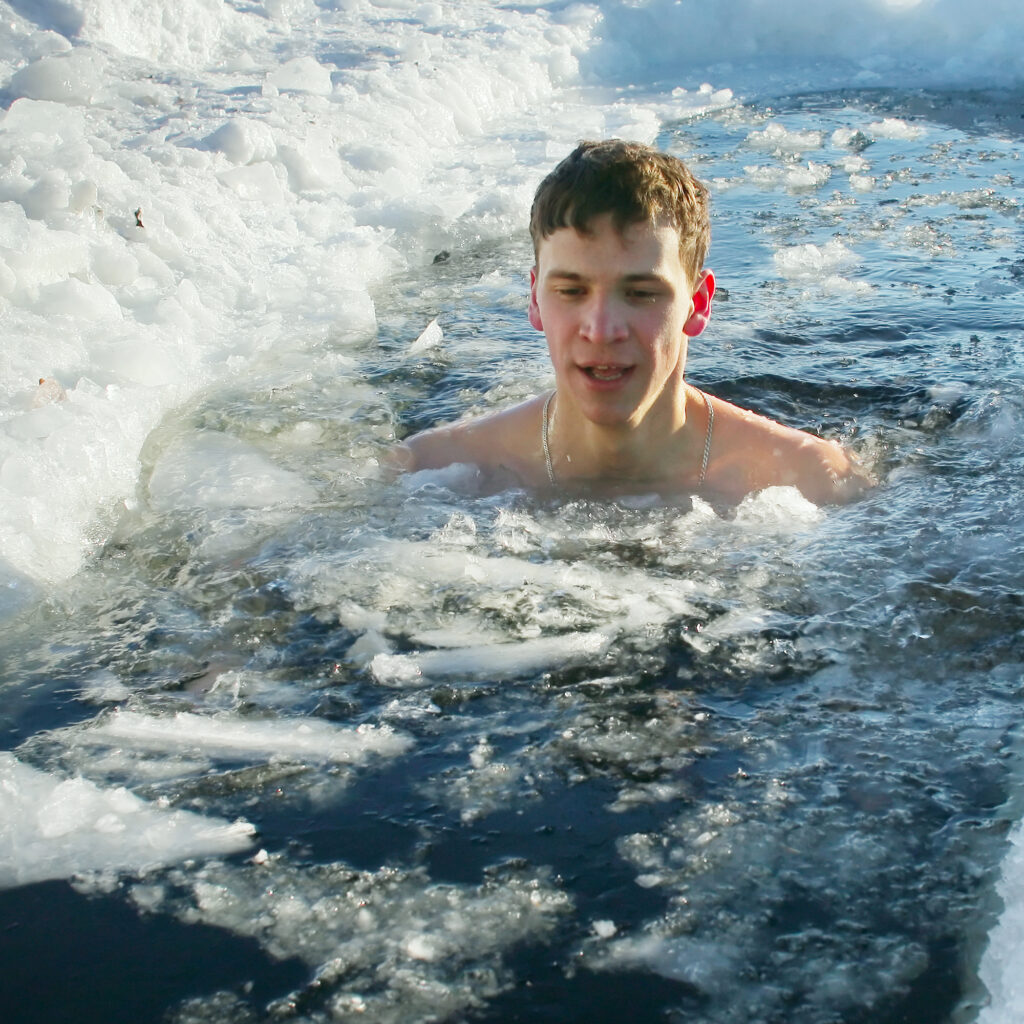
Physical and Mental Preparation
Before you start cold water swimming, it’s essential to prepare yourself physically and mentally. Here are some tips to help you prepare:
Physical Preparation
- Build up your cold tolerance gradually: Start with short dips in cold water and gradually increase the duration and frequency of your swims. This will help your body adjust to the cold water and reduce the risk of cold shock.
- Improve your cardiovascular fitness: Cold water swimming can put a strain on your heart, so it’s essential to have good cardiovascular fitness. Incorporating regular aerobic exercise into your routine, such as running or cycling, can help improve your fitness levels.
- Strengthen your core: Strong core muscles can help you maintain good posture and body alignment in the water, which can improve your swimming technique and reduce the risk of injury. Exercises such as planks and sit-ups can help strengthen your core.
- Wear appropriate clothing: Wearing a wetsuit or other cold water swimming gear can help keep you warm in the water. It’s also important to wear a swimming hat to prevent heat loss through your head.
Mental Preparation
- Visualise your swim: Visualising your swim before you get in the water can help reduce anxiety and improve your performance. Imagine yourself swimming confidently and comfortably in the cold water.
- Practice breathing exercises: Controlled breathing can help you stay calm and relaxed in the water. Practice deep breathing exercises before your swim to help you regulate your breathing.
- Stay positive: Cold water swimming can be challenging, but focusing on the positive aspects, such as the health benefits and the sense of achievement, can help you stay motivated and enjoy your swim.
By following these tips, we can prepare ourselves physically and mentally for cold water swimming, making it a safer and more enjoyable experience.
Choosing the Right Equipment
When it comes to cold water swimming, having the right equipment can make all the difference. In this section, we will discuss the two main types of equipment you will need: swimwear and safety equipment.
Swimwear
Choosing the right swimwear for cold water swimming is essential. A wetsuit is the most common choice for swimmers, as it provides insulation and helps to regulate body temperature. When choosing a wetsuit, look for one that fits snugly but is not too tight, as this can restrict movement and cause discomfort. A wetsuit with a thickness of 3mm or more is recommended for colder water temperatures.
If you prefer not to wear a wetsuit, you can opt for a drysuit instead. A drysuit is designed to keep you dry and warm, and is ideal for longer swims in colder water. However, drysuits can be expensive and may require additional equipment, such as boots and gloves.
Safety Equipment
In addition to swimwear, safety equipment is also important when cold water swimming. The following items are recommended:
- Swim cap: A swim cap can help to keep your head warm and reduce heat loss.
- Goggles: Goggles are essential for visibility and to protect your eyes from the cold water.
- Towel: A towel is necessary to dry off after your swim and to keep warm.
- Changing robe: A changing robe can help to keep you warm and dry while changing in and out of your swimwear.
- Safety buoy: A safety buoy can help to increase visibility and provide flotation in case of an emergency.
Remember, always check the weather and water conditions before swimming, and never swim alone. If you are new to cold water swimming, start slowly and gradually build up your tolerance. With the right equipment and precautions, cold water swimming can be a safe and enjoyable activity.
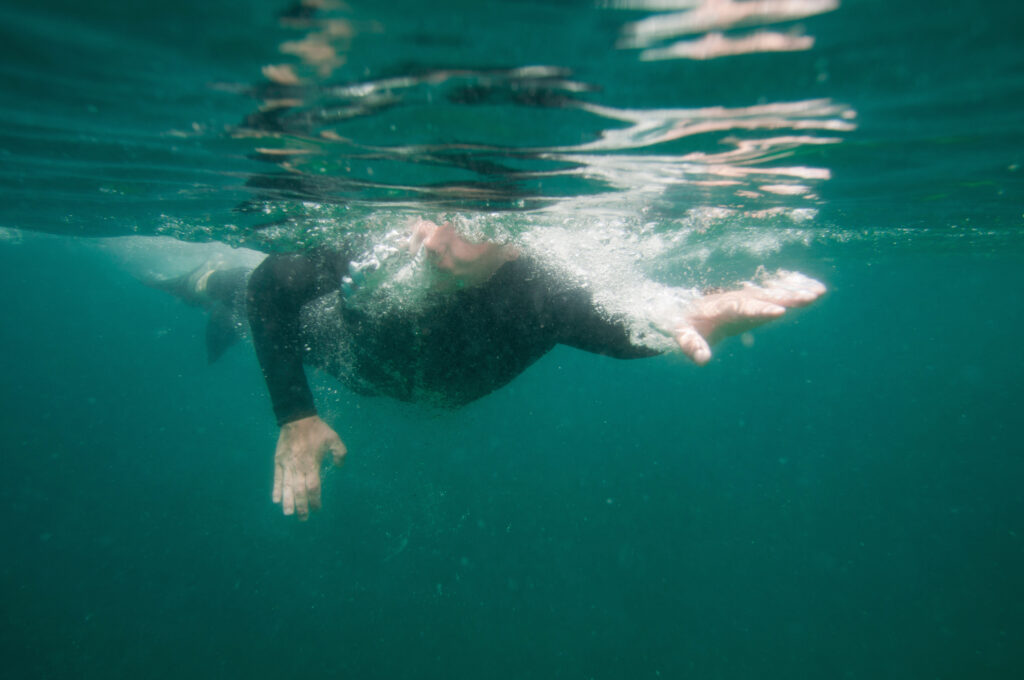
Finding the Right Location
When it comes to cold water swimming, finding the right location is crucial. Here are some factors to consider when choosing where to take the plunge:
Safety
Safety should always be a top priority when choosing a location for cold water swimming. Look for designated swimming areas that are monitored by lifeguards, or bodies of water that are known to be safe for swimming. Avoid swimming in areas that are known to be dangerous, such as fast-moving rivers or areas with strong currents.
Water Temperature
The temperature of the water is also an important factor to consider. Look for bodies of water that are known to be cold, but not too cold. Water that is too cold can be dangerous, especially for inexperienced swimmers. A temperature of around 10-15°C is a good starting point for beginners.
Accessibility
Choose a location that is easy to access and has plenty of parking. You don’t want to have to walk a long distance to get to the water, especially if you are carrying equipment. Look for locations that have changing facilities and toilets nearby, as well as somewhere to warm up after your swim.
Water Quality
Check the water quality of the location before you swim. Look for signs that warn of pollution or other hazards. If in doubt, check with the local council or environmental agency to make sure that the water is safe to swim in.
Community
Consider joining a local cold water swimming group. These groups can provide support, advice, and a sense of community. They can also help you find the best locations for cold water swimming in your area.
By considering these factors, you can find the right location for your cold water swimming adventures. Remember to always put safety first, and to start slowly and gradually build up your tolerance to the cold water.
Getting Started with Cold Water Swimming
Cold water swimming can be an invigorating and rewarding experience, but it’s important to take the proper steps to ensure your safety and comfort. Here are some tips to help you get started with cold water swimming.
Acclimatisation Process
The key to successful cold water swimming is to acclimatise your body to the lower temperatures gradually. This process can take some time, and it’s important to be patient and not rush things.
One way to acclimatise is to start by taking short dips in cooler water, such as a cold shower or a dip in a cold pool. As you become more comfortable with the lower temperatures, you can gradually increase the amount of time you spend in the water.
Another way to acclimatise is to start your cold water swimming season in the warmer months and gradually work your way up to colder water temperatures as the season progresses.
Safety Measures
Safety should always be your top priority when it comes to cold water swimming. Here are some important safety measures to keep in mind:
- Never swim alone. Always swim with a partner, and make sure someone knows where you are and when you expect to return.
- Check the water temperature before you swim. Cold water can be dangerous, and you should never swim in water that is too cold for your level of experience.
- Wear the proper gear. A wetsuit, swimming cap, and neoprene gloves and socks can help keep you warm and comfortable in the water.
- Enter and exit the water carefully. Slippery rocks and other hazards can be dangerous, so take your time and be careful when entering and exiting the water.
- Listen to your body. If you start to feel cold or uncomfortable, get out of the water immediately and warm up.
By following these tips and taking the proper precautions, you can safely and comfortably enjoy the many benefits of cold water swimming.
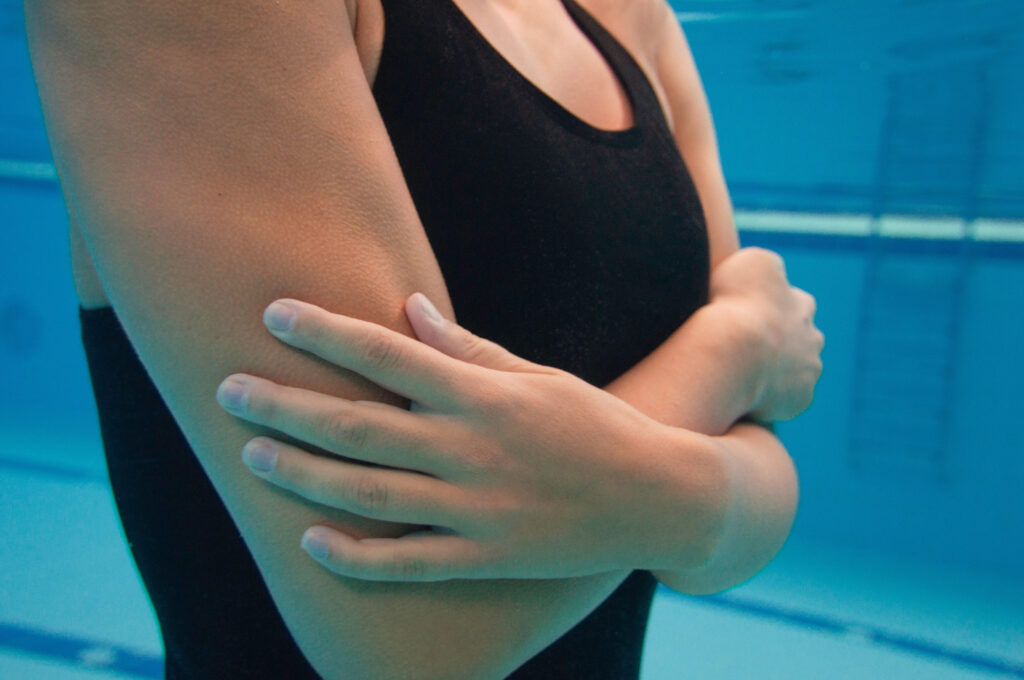
Progressing in Cold Water Swimming
Once you have got used to swimming in cold water, you might want to start pushing yourself a bit harder. Here are some tips on how to progress in cold water swimming:
- Increase your time in the water gradually: Start by swimming for short periods of time and gradually increase the length of your swims. This will help your body adjust to the cold water and reduce the risk of hypothermia.
- Try swimming in different water temperatures: As you get more experienced, you might want to try swimming in colder water. However, it’s important to do this gradually and not to push yourself too hard.
- Practice your breathing: Cold water can make it harder to breathe, so it’s important to practice your breathing technique. Try to stay calm and take deep breaths before you get in the water.
- Wear the right gear: As you progress, you might want to invest in some specialist cold water swimming gear, such as a wetsuit or neoprene gloves and socks. This will help keep you warm and reduce the risk of hypothermia.
- Swim with others: Swimming with others is not only more fun, but it’s also safer. Make sure you swim with people who are experienced in cold water swimming and who know what to do in an emergency.
Remember, it’s important to listen to your body and not to push yourself too hard. If you start to feel cold or uncomfortable, get out of the water and warm up. Cold water swimming can be a great way to challenge yourself and enjoy the outdoors, but it’s important to do it safely and responsibly.
Post Swim Care
After a cold water swim, it is important to take care of our bodies to avoid any potential health risks. Here are some tips to help you recover after your swim:
1. Warm Up
After your swim, it is important to warm up as soon as possible. Get out of your wet clothes and into warm, dry clothes. Wrap yourself in a towel or blanket and sip on a warm drink. This will help raise your body temperature and prevent hypothermia.
2. Stretch
Stretching after a swim can help prevent muscle soreness and stiffness. Focus on stretching your shoulders, back, and legs. Hold each stretch for at least 30 seconds and breathe deeply.
3. Eat a Nutritious Meal
After a cold water swim, our bodies need to refuel. Eat a nutritious meal that includes protein and carbohydrates to help replenish your energy levels. A balanced meal can also help reduce muscle soreness and aid in recovery.
4. Hydrate
Drinking water after a cold water swim is essential to help rehydrate your body. Cold water swimming can cause dehydration, so it is important to drink plenty of fluids after your swim.
5. Take a Warm Bath
Taking a warm bath after a cold water swim can help relax your muscles and increase blood flow. Add some Epsom salts to the bath to help soothe sore muscles.
6. Rest
Rest is essential after a cold water swim. Take it easy for the rest of the day and avoid any strenuous activities. This will give your body time to recover and help prevent injury.
By following these post-swim care tips, we can help our bodies recover after a cold water swim and avoid any potential health risks.
Health Risks and Precautions
Cold water swimming can be a great way to boost both mental and physical health. However, it’s important to be aware of the potential health risks and take necessary precautions to stay safe.
One of the main risks of cold water swimming is hypothermia, which occurs when the body’s core temperature drops below 35°C. Symptoms of hypothermia include shivering, confusion, slurred speech, and loss of coordination. If left untreated, hypothermia can lead to unconsciousness and even death.
To reduce the risk of hypothermia, it’s important to acclimatise gradually to the cold water. Start with short dips in the water and gradually increase the duration and frequency of your swims. It’s also important to wear appropriate clothing, such as a wetsuit, to help retain body heat.
Another risk of cold water swimming is cold shock response, which can occur when the body is suddenly immersed in cold water. This can cause rapid breathing, increased heart rate, and even cardiac arrest in some cases. To reduce the risk of cold shock response, it’s important to enter the water slowly and gradually, rather than jumping or diving in.
In addition to these risks, cold water swimming can also exacerbate certain health conditions, such as asthma, heart disease, and Raynaud’s disease. If you have any underlying health conditions, it’s important to consult with your doctor before starting cold water swimming.
Overall, while cold water swimming can offer many health benefits, it’s important to be aware of the potential risks and take necessary precautions to stay safe. By gradually acclimatising to the cold water, wearing appropriate clothing, and entering the water slowly, you can help reduce your risk of hypothermia and cold shock response.
Conclusion
In conclusion, cold water swimming can be a great way to boost your mental and physical health, but it’s important to take the necessary precautions to stay safe. Here are some key takeaways from our discussion:
- Start slowly: If you’re new to cold water swimming, start by dipping your toes in the water and gradually increasing your exposure time. This will help your body acclimatise to the cold water and reduce the risk of cold water shock.
- Wear appropriate gear: Wearing a wetsuit, neoprene gloves, and boots can help keep you warm and protect you from the cold water. Make sure your gear fits well and is in good condition.
- Swim with a buddy: Swimming with a friend or in a group can be a great way to stay safe and enjoy the experience together. Make sure you communicate clearly with your swim buddy and have a plan in case of an emergency.
- Know your limits: Cold water swimming can be challenging, both mentally and physically. Listen to your body and don’t push yourself too hard. If you feel uncomfortable or experience any symptoms of hypothermia, get out of the water immediately.
By following these tips and taking a cautious approach, you can enjoy the many benefits of cold water swimming while staying safe and healthy. Remember to always respect the water and the environment, and have fun!
Frequently Asked Questions
What are some tips for acclimatising to cold water before starting to swim?
Before starting cold water swimming, it is important to acclimatise your body to the cold temperatures gradually. Start by taking cold showers, and then progress to dipping your feet in cold water. Once your body has adapted to this, you can start swimming in cold water for short periods of time. It is important to listen to your body and not push yourself too hard, as this can lead to hypothermia.
What gear do I need for cold water swimming?
When cold water swimming, it is important to wear appropriate gear to keep your body warm. This includes a wetsuit, gloves, and booties. A hat can also be worn to prevent heat loss from your head. It is important to choose gear that fits you well and is comfortable to wear.
What are the benefits of cold water swimming?
Cold water swimming has many benefits, including improved circulation, increased endorphins, and reduced inflammation. It can also boost your immune system and improve your mental health. However, it is important to note that cold water swimming may not be suitable for everyone, and it is important to consult with a doctor before starting.
How often should I swim in cold water?
The frequency of cold water swimming depends on your individual needs and abilities. It is important to start slowly and gradually increase the time and frequency of your swims. It is also important to listen to your body and not push yourself too hard. Swimming in cold water too frequently can lead to hypothermia and other health problems.
What is the ideal temperature for cold water swimming?
The ideal temperature for cold water swimming is between 10°C and 15°C. However, this can vary depending on your individual needs and abilities. It is important to start slowly and gradually increase the time and frequency of your swims.
How long does it take to adapt to swimming in cold water?
The time it takes to adapt to swimming in cold water varies depending on your individual needs and abilities. It is important to start slowly and gradually increase the time and frequency of your swims. It is also important to listen to your body and not push yourself too hard. With regular practice, most people can adapt to swimming in cold water within a few weeks.

